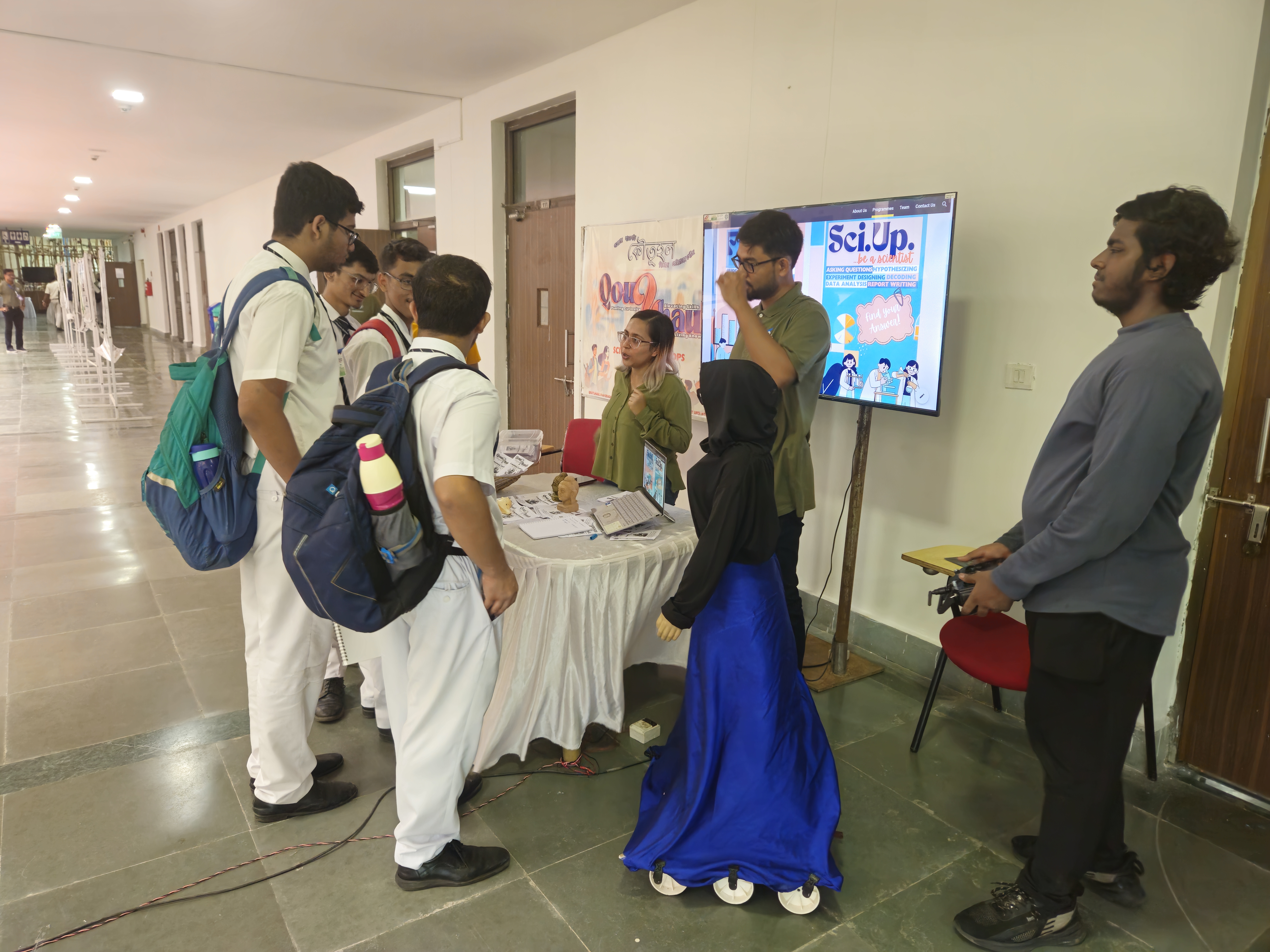In the second year of my degree program, I had the privilege to work as a project intern in the Behavioral Ecology Lab at IISER Kolkata. Under the expert guidance of Associate Professor Anindita Bhadra and Senior Ph.D. scholar Rohan Sarkar, I became part of an internationally funded project that delved into the fascinating cognitive abilities of street dogs. This internship was a pivotal experience, offering me a blend of hands-on research, technical skills, and teamwork.
The Objective of the Project
Street dogs are a common sight in many parts of the world, but their ability to interact and form connections with humans remains underexplored. Our project aimed to investigate the cognitive cues these dogs use in their interactions. Specifically, we sought to determine:
- Which sensory cues—auditory, visual, or olfactory—were most influential in fostering connections with humans.
- Whether there was no significant difference between these cues in shaping their interactions.
This research had the potential to enhance our understanding of canine cognition and improve human-dog relationships.
Methodology: Using Technology to Decode Canine Behavior
1. Arduino-Based Mobile Robots
Our three-member team designed and maintained Arduino-based mobile robots, affectionately named Dover. These robots were instrumental in the experiments, serving as controlled stimuli to observe and analyze the dogs’ responses to auditory, visual, and olfactory cues. Developing and handling these robots was an exciting challenge that allowed me to apply technical skills in a real-world context.
2. Ad Libitum Sampling
To complement the robot experiments, I gained hands-on experience in ad libitum sampling methodology. This approach involved observing street dogs’ behaviors and body postures in their natural environment. It helped me:
- Recognize and record unique behaviors.
- Identify individual dogs based on their physical traits and habits.
- Understand subtle non-verbal cues that reveal their cognitive and social patterns.
Challenges and Learnings
Designing Novel Experiments
Creating experiments that were both innovative and scientifically robust was a significant learning curve. It required meticulous planning, trial runs, and adjustments to ensure that the collected data would be meaningful and reliable.
Understanding Canine Behavior
Working closely with street dogs offered invaluable insights into their psychology. Observing their interactions with humans and each other highlighted their adaptability, intelligence, and social nature.
Collaborative Work
Working in a team was one of the most enriching aspects of this internship. Collaborating with peers who shared diverse expertise and perspectives not only enhanced the project but also fostered my personal and professional growth.
Key Takeaways
- Technical Skills: Designing and programming Arduino-based robots. Conducting field experiments using innovative technology.
- Research Methodology: Applying ad libitum sampling to study animal behavior. Gaining firsthand experience in designing and executing behavioral experiments.
- Teamwork: Collaborating effectively with peers and supervisors. Learning to adapt and respond to challenges in a team setting.
Exploring the Project Further
This internship provided a unique opportunity to explore the intersection of behavioral ecology, technology, and animal cognition. If you’re curious to learn more, check out the project’s demonstration video. It offers a glimpse into how we used Dover robots to interact with street dogs and uncover their cognitive abilities.
Conclusion
My internship at the Behavioral Ecology Lab was an unforgettable journey that deepened my appreciation for research and interdisciplinary learning. It allowed me to merge my interests in life sciences and technology while contributing to a novel area of study. This experience reinforced my passion for understanding animal behavior and exploring how technology can facilitate such research.
Thank you for taking the time to read about my internship journey. I hope it inspires you to explore your own interests and embrace the joy of discovery!


